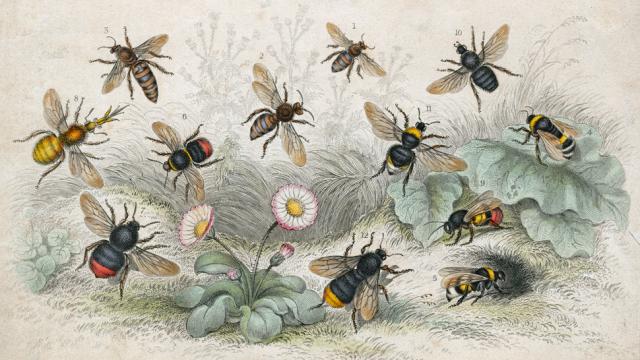Swedish and American researchers have successfully engineered plants to produce chemical attractants like those released by insects to find mates. They say their plant factories could be used to lure and trap nuisance bugs as an environmentally friendly alternative to pesticides and synthetically produced attractants.
Using a multistep process to genetically modify a close relative of the tobacco plant, the researchers pushed the plant to produce a molecule that mimics sex pheromones released by females of two moth species that feed on orchard trees. They then deployed traps spiked with the plant-made musk and found that they efficiently caught males of both species.
Greener chemistry in a plant factory
The team, from Lund and Kansas State Universities and the Swedish University of Agricultural Sciences, say the process could represent a green chemistry advance over synthetic insect sex hormone production and pesticide spraying.
“Our long-term vision is to design tailor-made production of any moth pheromone component in genetically modified plants,” they write in a study published in the journal Nature Communications. “Such semisynthetic preparation of sex pheromones is a novel and cost-effective way of producing moderate to large quantities of pheromones with high purity and a minimum of hazardous waste.”
Timothy Durrett, a Kansas State University biochemistry and molecular biophysics assistant professor who took part in the research, says there are two good reasons to make insect hormones in plants.
“To make these pheromones chemically requires toxic solvents and produces hazardous byproducts,” he tells Txchnologist. “If we can have the plant take care of it and become a factory, then it’s a greener way of doing chemistry. Second, putting these transgenic plants in the field would attract pests away from crops.”
Their idea is to use the engineered organisms as part of advanced insect control called integrated pest management. Such an approach uses combinations of mechanical, biological and chemical regulators to push pest populations away from crops and pull them to areas where the economic damage they can cause is minimized. This method looks to decrease reliance on carpeting croplands with dangerous pesticides. “There will obviously be a lot of environmental testing first,” Durrett says. “And we’re still very far away from that goal, but it would significantly decrease the amount of pesticides dumped on fields.”
Creating a complex pathway to chemical production
Genes were added to the plant Nicotiana benthamiana to create a biosynthetic pathway for moth pheromone production in its leaves. These were taken from various plant and moth species and stitched together to manufacture the molecule through four-step process. The team relied on Durrett’s work isolating and cloning one enzyme, which tacks an acetyl group onto the pheromone molecule, for the biosynthetic pathway’s fourth and final step. He had been investigating the enzyme, called EaDAcT and isolated from the flowering ornamental burning bush, as a component in biofuel production. But the Swedish team needed it in their recipe for the plant to complete the pheromone’s manufacturing process.
“We put together a long molecular pathway in plants to make them produce molecules they don’t normally produce,” Durrett says. “EaDAcT isn’t very efficient right now at making the pheromones compared to other parts of the process, but we intend to continue our work. It’s pretty neat to use the biochemistry of plants to design rational pathways for the biosynthesis of chemicals.”
Synthetic insect pheromones are already used in pest management. Whether natural or synthetic, these hormones are effective attractants because each is specific to a species and they travel through the air over long distances, making them an irresistible temptation to would-be winged Lotharios.
“Pheromones are environmentally friendly alternatives to traditional pesticides for the control of insect pests and indeed synthetic pheromones are produced in large amounts for this purpose,” the authors write in their paper. “Current standard approaches to pheromone synthesis either require the use of hazardous chemicals or may result in the production of hazardous waste byproducts. We propose to overcome the problems inherent to synthetic pheromone production by designing and developing an innovative green chemistry alternative while minimising hazards. Our strategy involves the use of a cost-effective plant factory expressing a suite of biosynthetic enzymes for production of moth pheromones.”
Durrett adds: “We put these in the field for a trial and they actually work. We hope this will be helpful to the environment.”
This post (and opening GIF) originally published on Txchnologist. Txchnologist is a digital magazine presented by GE that explores the wider world of science, technology and innovation.
Picture: Hulton Archive/Getty Images
